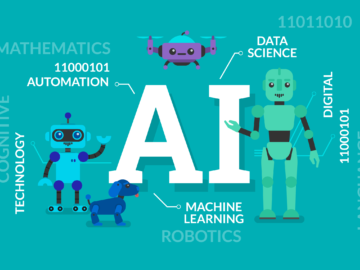In order to innovate successfully within your company, it is crucial that employees are assigned an involved role. In a previous blog, we underlined the importance of an organisational network analysis (ONA). An analysis in which we identify different key network roles. But what exactly do those roles look like? And why are they important for the success rate of your business innovation?
Every innovation process is an interplay of idea discovery, development and implementation. Each of these three distinctive phases has his own different needs in terms of expertise (human capital) and social capital (relations). ONA makes it possible to distinguish three different network roles that are important in each of these phases.
Brokers: building bridges
Brokers represent the bridge from one group to another, both within and outside the organisation. This position gives them broad and early access to information and enables them to easily distribute that information. As new insights usually arise at the intersection of groups, brokers are essential in fostering idea discovery. Involving them in the early stages of the innovation process is therefore key to promote divergent thinking and to guarantee a rich inflow of ideas. Moreover, they are critical in overcoming innovation barriers like fragmentation and insularity.
Central connectors: gathering support and trust
While brokers are outstanding at finding ideas, they are not always best positioned to drive implementation. This is where connectors come into play. Central connectors are the trusted confidants in groups. They are well-positioned to gather support for ideas and are therefore essential in the development and implementation process of innovation. Note, however, that these people are usually most prone to dominance. Their tendency to overshadow innovative thinking, the risk of them leaving the organisation and their potential to become overloaded should therefore be managed carefully.
Energizers: engaging others
Energizers have the ability to actively engage others in progressing an idea forward. They inspire idea diffusion across the network and encourage others to take action. Their energy and informal influence should be leveraged across the entire innovation process to help diffuse and amplify innovation projects throughout the organisation.
Curious to know which of your employees match which profile? Or do you want to hear from us whether there’s an optimal mix of innovation profiles in your organisation? Get in touch and we will explain what ONA means for your business.
Do you want to read more on this topic?
Michael Arena has some interesting thoughts on the topic as well. Check out his LinkedIn profile.

Innovation excellence program
Embed innovation in your company! Through a tailor-made program you will be able to anchor innovation in your strategy, way of working, organisational structure, culture and ecosystem.

Struggling with innovation? Here’s how to get your projects off the ground.
Do you find it hard to get your innovation projects off the ground? You’re not alone. According to Harvard Business School professor Clayton Christensen, about 95 percent of newly introduced products fail every year. So, how do you make innovation work? TomorrowLab reveals some of the secret ingredients.

The future of innovation is here, and it's powered by Generative AI
In the age of rapid technological advancements, AI has become a household name. But what exactly is AI? At its core, Artificial Intelligence is the ability of a computer to think and learn. We see its manifestations in various forms - from DeepL's impressive translations to Netflix's uncanny ability to recommend shows, and Tesla's autopilot driving feature. However, the spotlight today is on a specific subset of AI: Generative AI.
